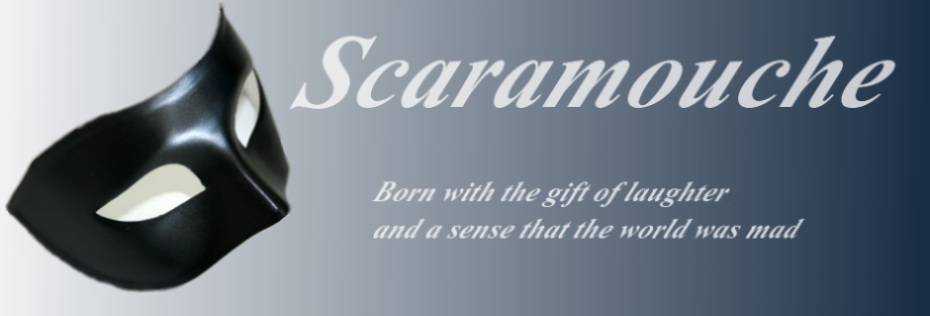Like, soooo lucky I might race out and buy a lottery ticket.
Here's what the multi-tasker has to say:
Contrary to American popular belief, Islam has a culture and history of women empowerment. In the Qur’an, which is believed to be God’s word told to Prophet Muhammad, women and men are described as equals in everyday actions and responsibilities. When it comes to family, charity, children, sex, and much more, a man and a woman have the same duties and that is to continue on the straight path.
Early Islamic women kept this idea alive. The first Muslim woman was Khadija, Mohammed’s first wife. Without her influence, Islam might not have emerged as successfully as it did. Khadija was a business woman and a land owner in the lands of Arabia. When Mohammed was given revelations, it was Khadija that ensured him that he was not going insane, but that he was a chosen one. It was Khadija that pushed Mohammed to listen to God and the angels that were trying to communicate with him and to not run in fear. It was Khadija that gave Muhammad the support and confidence in his development as becoming God’s last prophet. Khadija, a woman, was the strength that allowed Islam to fully bloom. Just this one example gives us a view on how true Muslim women are; outspoken, driven, certain and courageous, the epitome of a feminist.
Two thoughts spring to mind. First, if "Khadija was the strength that allowed Islam to fully bloom," what was Aisha?So it’s no surprise to see Muslim woman today modeling themselves after these prominent female figures. Muslim girls look towards these instances of strength for guidance in this scary, patriarchal society. These modern women are not afraid to go against the grain in the name of their belief like wearing the hijab to covey their religious devotion. Hijab is the headscarf that is worn by Muslim woman and no; it is not supposed to be forced on them by their fathers and husbands. Wearing or not wearing the Hijab reflects a Muslim woman’s own a (sic)personal choice.
Other than a very young girl who, at the age of nine, got shtupped by Islam's founder, I mean.
Might she be seen as epitomizing female powerlessness, a weakness which offsets Khadija's supposed strength?
Also, if your society is "scary" and "patriarchal," how do you suppose it would deal with uppity chicks who refuse to wear the hijab? Is it really her own "personal choice"?
We know what happened to one young woman--Aqsa Parvez--who decided to flout the patriarchy and uncover her hair. And she's far from the only young Muslim woman to have encountered scary patriarchs who make similar demands, and inflict similar punishments, on their recalcitrant daughters.

1 comment:
Sahih Bukhari Volume 1, Book 9, Number 490:
Narrated 'Aisha:
"The things which annul the prayers were mentioned before me.
They said, "Prayer is annulled by a dog, a donkey and a woman (if they pass in front of the praying people)."
I said, "You have made us (i.e. women) dogs. I saw the Prophet praying while I used to lie in my bed between him and the Qibla.
Whenever I was in need of something, I would slip away for I disliked to face him."
Post a Comment